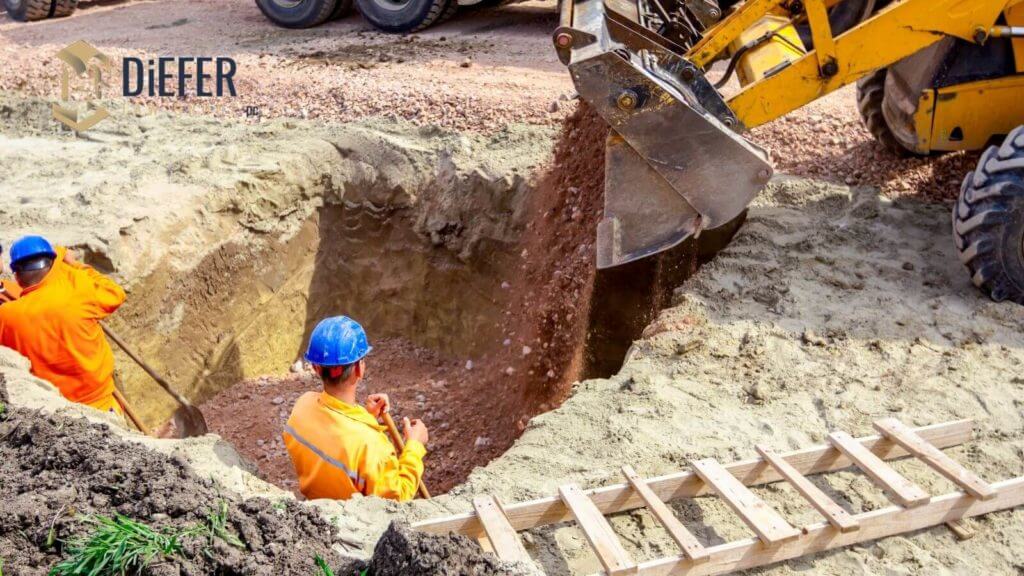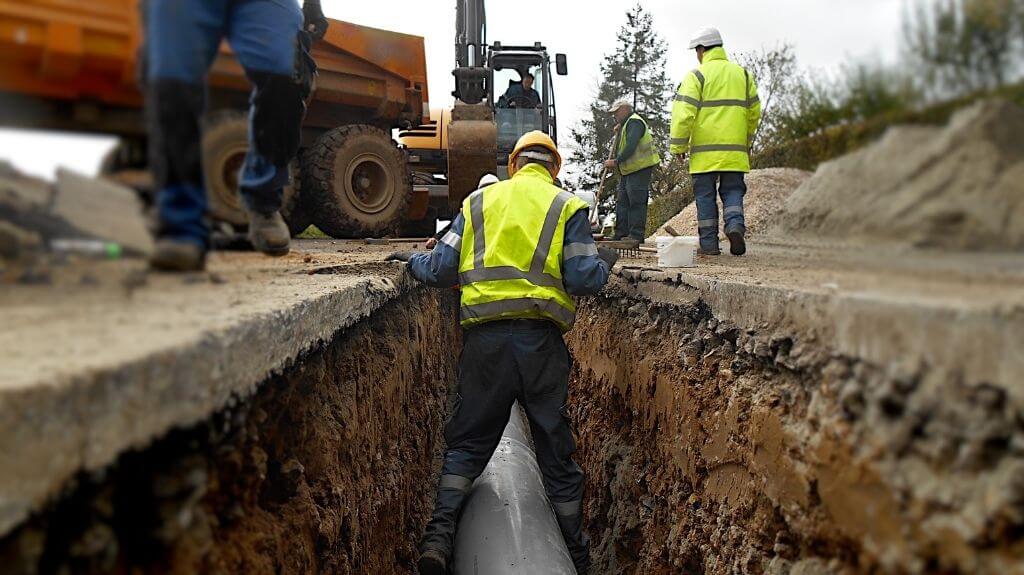
When discussing the typical safety hazards posed by trenches, cave-in prevention is typically the most significant concern. However, suppose you are a member of a trench-work crew on a construction site in California. In that case, you should know that construction workers around excavations of any kind face multiple other risks.
Employers in California are responsible for the safety of employees, and that responsibility includes informing workers of all the dangers they will face. You might protect your safety by familiarizing yourself with the trench-related safety standards prescribed by the California Division of Occupational Safety and Health.
Preventable accidents
Most construction site accidents are preventable by being proactive and mitigating potential hazards. Frequent safety checks and quarantining the immediate area are essential.
Potential injury risks include the following:
- Slip, trip and fall risks
- Falling materials or dropped objects
- Accidents or malfunctions of heavy equipment
- Bystanders falling into a trench
- Delayed egress due to insufficient or damaged equipment
- Exposure to utility lines in the trench, such as sewage, water, electricity, etc.
- Adjacent structures collapsing
Trench boxes and shoring are not only used to prevent cave-ins. However, securing the trench walls could prevent most of the mentioned potential injuries.
Contributors to collapsed trench walls
Whenever earth disturbance occurs, such as excavations in which heavy equipment is used, coupled with activities and movement of many people, instability of the earth must be considered. You should avoid complacency because you could be a construction accident victim in the blink of an eye. Keep in mind that one cubic yard or dry soil weighs anything from 2,000 to 2,700 pounds. You could be buried in seconds if you are not alert and always on the lookout for red flags caused by any of the following:
- The type of earth, dirt or soil
- Weather conditions, which could turn adverse overnight
- The soil’s moisture content
- The length of time the excavated trench has been open
- Vibration caused by excavation equipment, trains on nearby tracks, seismic activity and more
- Previous excavations or soil disturbances in the same area
- The trench’s depth
- Instability of adjacent structures
- Movement involving heavy weights nearby
- The lack of or inappropriate shoring equipment
For your own safety, never agree to jump into a trench really quick to retrieve something or for other reasons. Nobody should enter a trench with unsecured walls and without being equipped with the necessary personal protective equipment.
If you have suffered a trench-related accident on a California construction site, you might be eligible for workers’ compensation benefits. Filing a benefits claim within the allowed time is crucial. Successful claims typically provide workplace accident victims compensation to cover medical expenses and lost wages.








